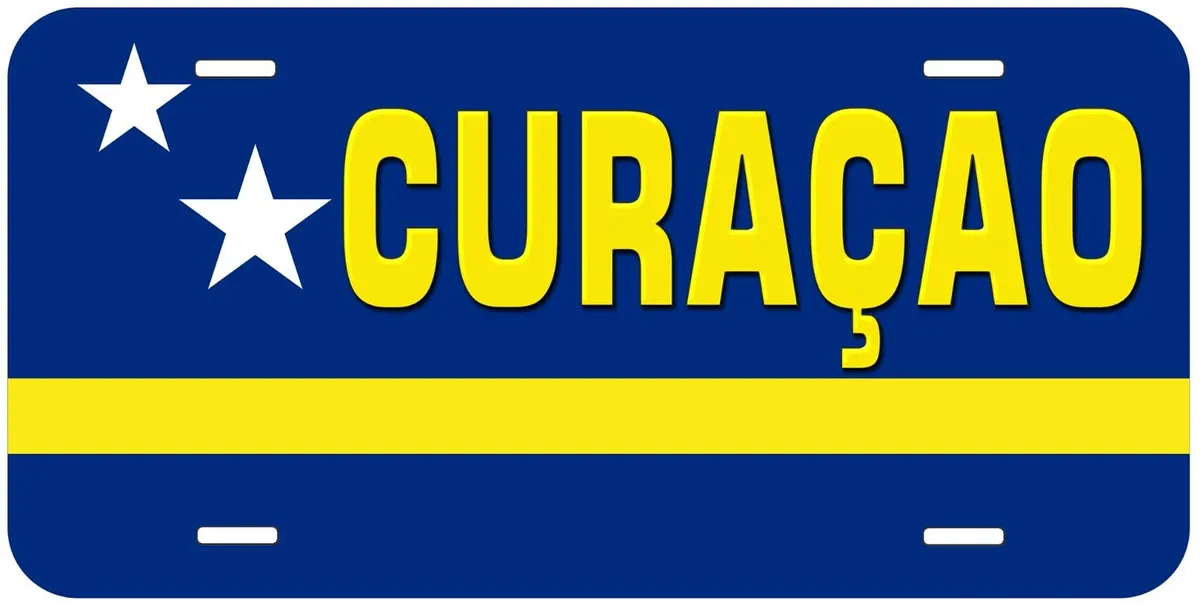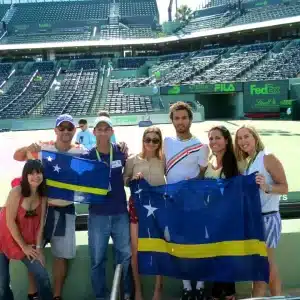Headlines
Curacao Population, Official Language And More.

The Dutch West India Company took control of Curaçao in 1634 after a long struggle with the Spanish. The Dutch established Curaçao as a major center of trade and commerce in the Caribbean region. The island became an important hub for the slave trade, and many Africans were brought to Curaçao to work on plantations.

Curacao
The Population
Curaçao has a population of 158,665 as of January 2019. The island is home to a majority of Afro-Caribbean people, along with Dutch, French, Latin American, and Asian folk. There is also a significant Jewish input.
The Landmarks
Curaçao has many noted historic landmarks, including the Mikve Israel Emanuel Synagogue (1732) and the Queen Emma Bridge (1888). Other popular landmarks include the Handelskade, Fort Amsterdam, Rif Fort, and Fort Nassau in Willemstad.
The Official Language
The official languages in Curaçao are Dutch, Papiamentu, and English. Papiamentu is a Creole blend of African, Spanish, Portuguese, Dutch, French, English, and Arawak Indian. It is currently the most widely spoken language on the island and a first language for about 82% of the population.
The Culture
The culture of Curaçao lends itself to many backgrounds. The island has rich festivals as one of its highlights. Though English is widely spoken, the native tongue is Creole of Portuguese descent.
The Economic Stability
Curaçao has a well-developed infrastructure with strong tourism and financial services sectors. Shipping, international trade, oil refining, and other activities related to the port of Willemstad also make a significant contribution to the economy. Curaçao’s economy is considered a high-income economy by the World Bank. It has one of the highest standards of living in the Caribbean.
The GDP
Curaçao’s Gross Domestic Product (GDP) was $4.5 billion in 20. The GDP per capita for 2020 was $16,110.
The Currency
The official currency of Curaçao is the Antillean Guilder (ANG), also known as the Florin. The exchange rate of the Antillean Guilder is fixed to the US Dollar at a price of 1 USD = 1.80 ANG.
The Food
Curaçaoan cuisine is heavily influenced by its rich history, with flavors from Africa, the Netherlands, and Latin America. Some popular dishes include Yambo (Okra Soup), Sopi di Bonchi Korá (Red Kidney Bean Soup), Stoba di Baka or Karni Stobá (Beef Stew), Kabritu Stobá (Goat Stew), Piska Korá (Red Snapper), Karko (Queen Conch or Strombus Gigas Linnaeus), and Lionfish.
Major Cities
Curaçao has one major city, the capital Willemstad, which takes up most of the central part of the island. Other notable cities include Barber, Lagún, Sint Willibrordus, Soto, Tera Corá, Oostpunt, Santa Rosa, and Spaanse Water.
Major Airport and Sea Port
The only airport for the island of Curaçao is the Curaçao International Airport (IATA: CUR, ICAO: TNCC) located on the north coast of Curaçao, 12 kilometers from Willemstad. It connects the island to Europe, the Americas, and the Caribbean. The main and largest port of Curaçao is Port of Willemstad, which houses a wide variety of maritime facilities for all types of vessels.
Schools
Curaçao has a well-developed education system with a variety of schools ranging from primary to tertiary levels. Some notable schools include University of Curaçao Dr. Moises da Costa Gomez (UoC), International School of Curaçao (ISC), and Scholengemeenschap Bonaire, Saba en Sint Eustatius (SGBS).





